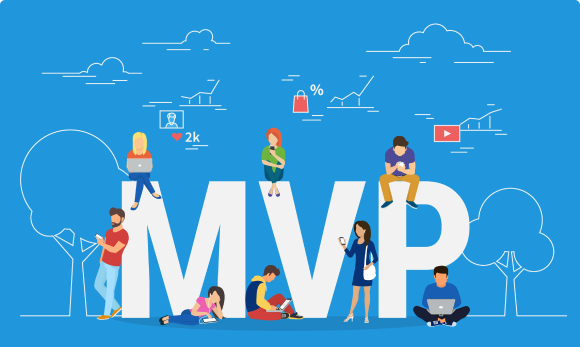If you're an aspiring tech founder and you’re trying to figure out how much of an investment your idea is going to take, this post is for you. Ideally, you want to figure this out without having to talk to someone trying to sell you something. Understandable. Let's get started.
How much does it cost to build a product?
Typically, for most dev shops, it'll be between $50K and $100K.
With Byldd, about $15K and under 2 months.
How can you build a quality product with such a small investment?
That’s the real question. There are a couple of reasons.
The cost of creating a software product is influenced by a few factors, but it mostly comes down to the amount of developer hours needed. The fewer hours needed from developers, the quicker and cheaper it will be.
Typically, the cost can range from $50K to $100K, with a development period of anywhere from 3 to 6 months. This timeline and budget depend on the expertise of the development team and the intricacy of the product, as well as other factors.
At Byldd, we prioritize launching products quickly and cost-effectively. We aim to get you to market as fast as possible so you can secure paying customers or raise funds for future product development.
To make that happen, we have to reduce the number of developer hours involved in the product, and there are a few specific ways we do this:
- We limit the scope of the MVP. We focus on building a product that solves the problem well enough that customers will pay for it. The MSP (minimum sellable product) is not as feature-rich as the product will eventually become. We cut out whatever isn’t necessary for version 1, but that doesn't mean it's clunky. The product NEEDS to be intuitive, sleek, modern, and easy to use - it also needs to be simple and solve the core problem well enough that customers will pay for it
- We use our own IP extensively. Our proprietary IP can write code based on the nature of the product. For example, it can automatically create the functionality to create, edit, or delete users for a product that will need a user database. This easily accelerates development timeline by 2 months.
- We have modules for commonly needed functions. Our product development process has been streamlined through the creation of reusable code segments for routine functions. For example, integrating subscription payments into a product, complete with billing, invoices, and revenue dashboards, is as simple as checking a box. Essential features like user logins, registration, payments, subscriptions, admin dashboards, image uploads, video streaming, direct messaging, and more come pre-configured and won’t incur any additional development costs or time.
This approach allows us to save around 80-90% of the development hours needed. This allows us to charge founders less money, and we can usually launch a sellable product under $15K in 4-6 weeks.


